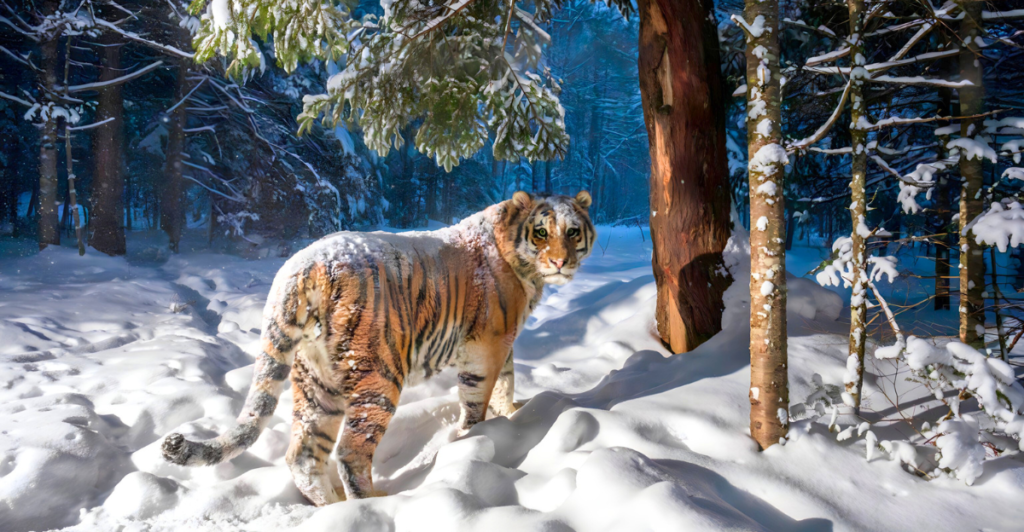
In a groundbreaking discovery, a remote game camera set up in the Alaskan wilderness has captured images of a Siberian tiger—an apex predator native to Russia’s Far East. The footage, verified by wildlife experts, has sparked a heated conservation debate about how such a creature found its way into North America and what this means for wildlife management in the region.
The Unbelievable Footage
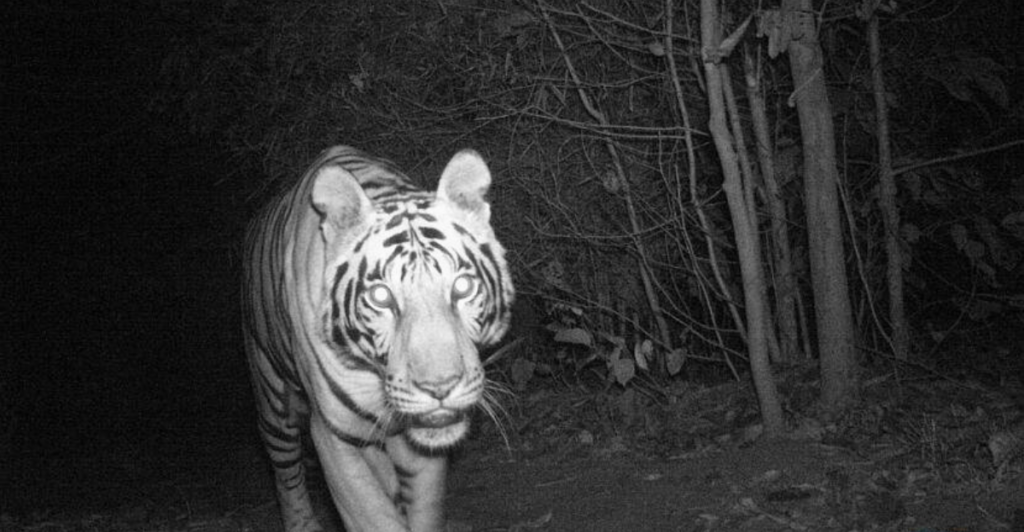
The camera, placed in a dense forest near the southeastern Alaskan town of Wrangell, recorded the tiger as it prowled through the snow-laden landscape. The images show the massive feline with its signature orange-and-black striped coat, appearing both majestic and out of place. The footage, released by the Alaska Department of Fish and Game (ADF&G), has garnered widespread attention from scientists, conservationists, and the public.
An Unexpected Guest
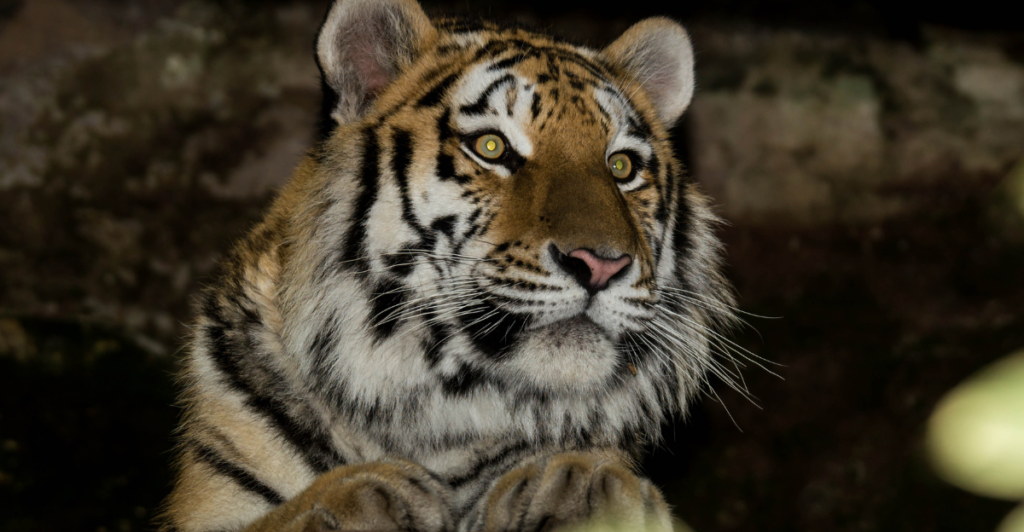
Wildlife biologists are grappling with how a Siberian tiger, also known as an Amur tiger, could have made its way to Alaska. One prevailing theory is that it escaped from a private collection or zoo, as such animals are sometimes illegally smuggled into North America. Others speculate that the tiger might have crossed the Bering Strait during an exceptionally cold winter, though such a journey is considered highly improbable given the lack of documented tiger populations in Siberia’s northeastern region.
Implications for Local Wildlife
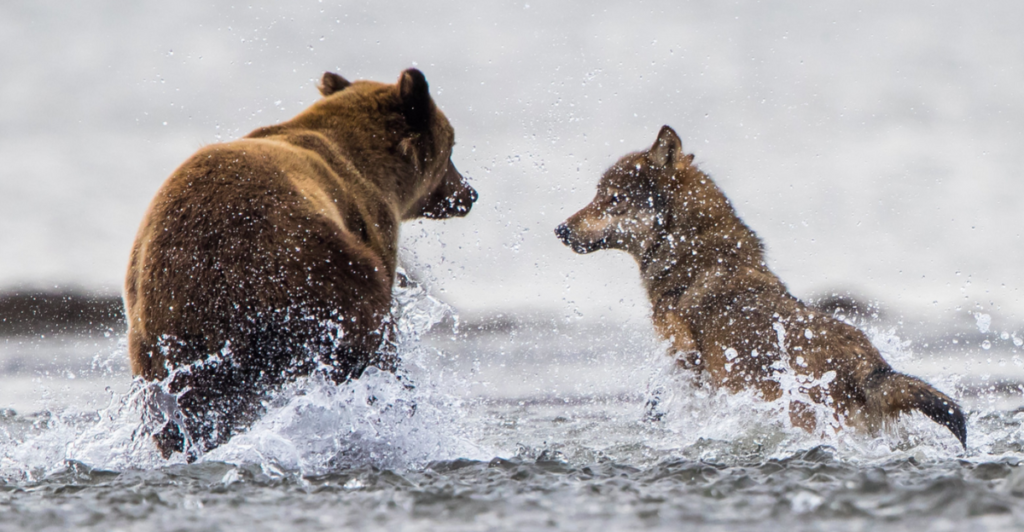
The unexpected presence of a Siberian tiger in Alaska raises critical questions about its impact on the local ecosystem. Alaska’s wildlife includes predators like bears and wolves, which could compete with the tiger for prey. Additionally, native species like caribou and moose, unaccustomed to a predator of this magnitude, may face new survival challenges. Conservationists worry that the tiger’s presence could disrupt the delicate balance of the Alaskan wilderness.
Public Reaction: Awe and Concern
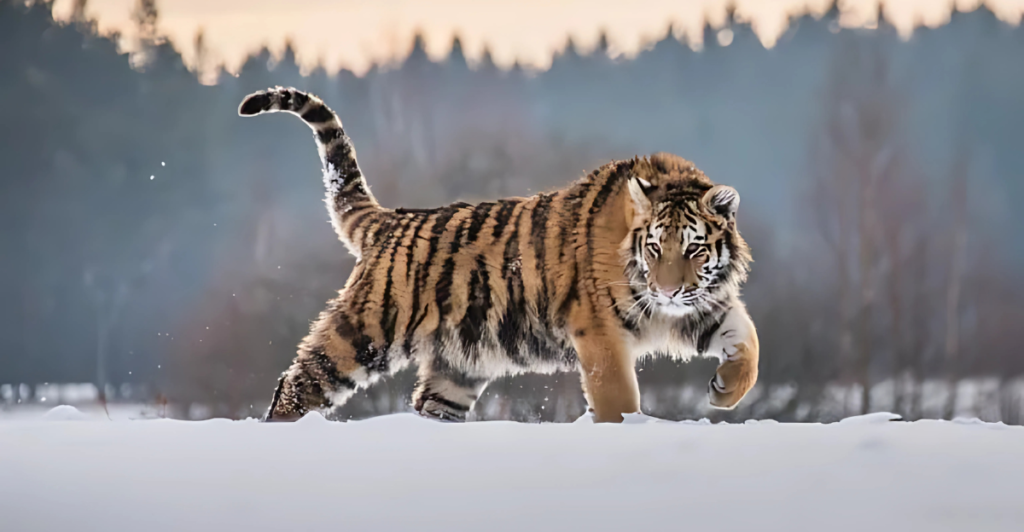
News of the tiger’s presence has captivated the public, with many expressing awe at the sight of such a rare and powerful creature in Alaska. Social media platforms have been inundated with comments ranging from admiration to concern. “It’s incredible but also alarming,” said one Twitter user. “We need to ensure the tiger’s safety while protecting our native wildlife.”
Calls for Conservation Action
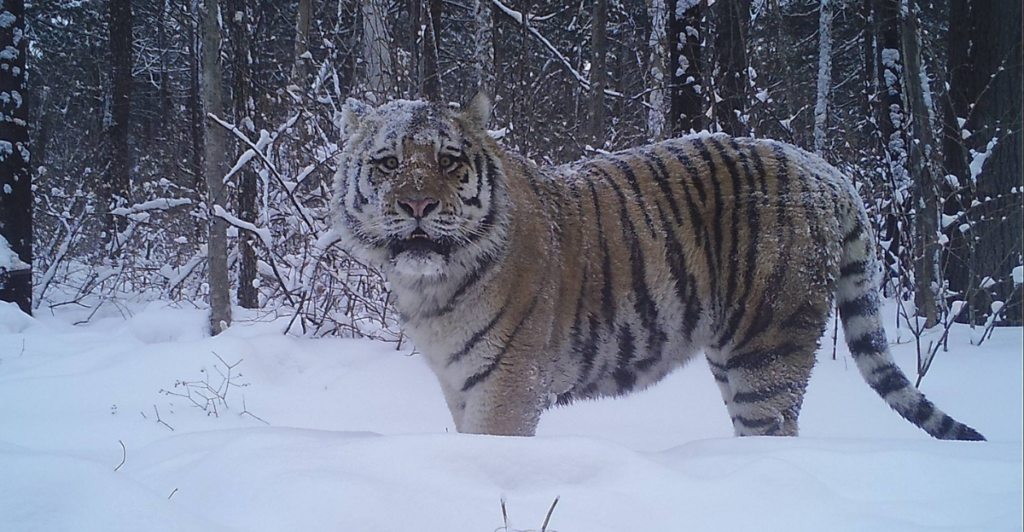
The discovery has reignited debates over wildlife trafficking and the ethical responsibilities of conservation. Experts emphasize the importance of identifying how the tiger arrived in Alaska and ensuring that no other non-native species are introduced to the region. “This is a wake-up call about the unintended consequences of human actions,” said Dr. Elena Kozlov, a Siberian tiger expert based in Russia.
A Spotlight on Illegal Wildlife Trade
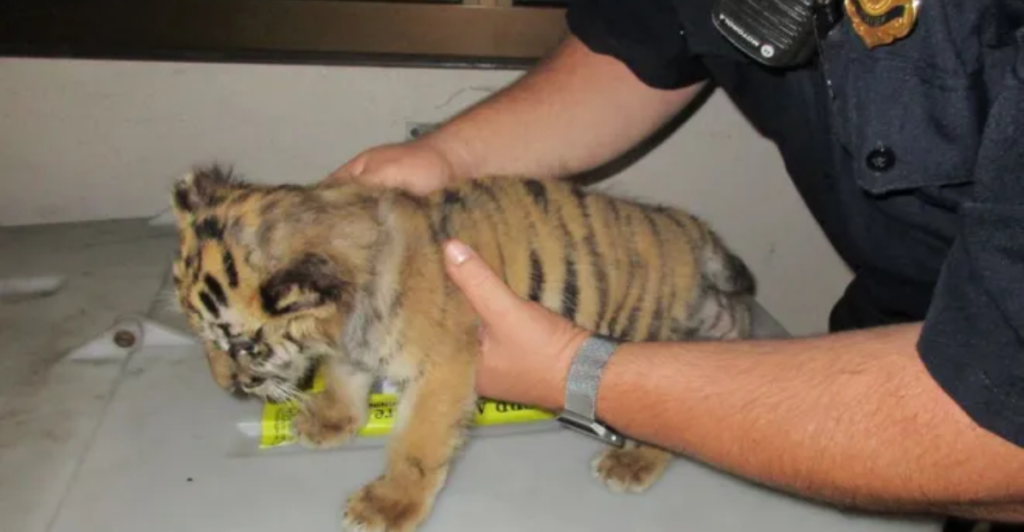
The situation also highlights the shadowy world of illegal wildlife trafficking. Siberian tigers are critically endangered, with fewer than 600 individuals remaining in the wild. The possibility that this tiger might have been part of an illicit trade network has spurred calls for stricter enforcement of international laws and greater vigilance at borders.
Alaska’s Conservation Dilemma
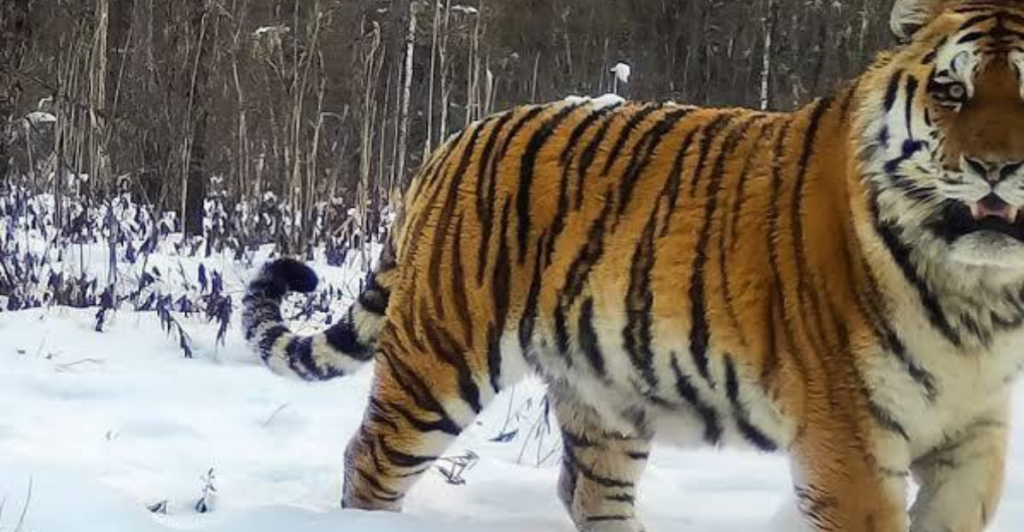
State officials now face a difficult decision: Should the tiger be relocated to a sanctuary, or should it be allowed to remain in the wild? Relocation efforts would be costly and logistically challenging, while leaving the tiger in its current habitat could pose risks to both the animal and the local ecosystem. “This is uncharted territory,” admitted Julie Marks, an ADF&G spokesperson. “We’re consulting with global experts to determine the best course of action.”
Scientific Opportunities
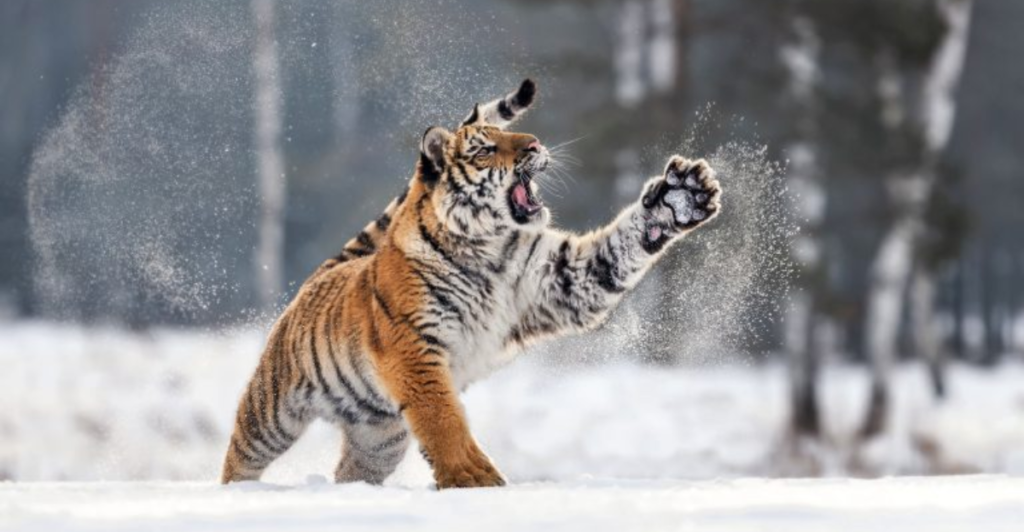
Despite the challenges, the tiger’s presence offers unique research opportunities. Scientists could study its behavior, diet, and adaptation to a new environment, providing valuable insights into the resilience and adaptability of this endangered species. Such data could inform global conservation strategies for Siberian tigers and other large carnivores.
Community Involvement
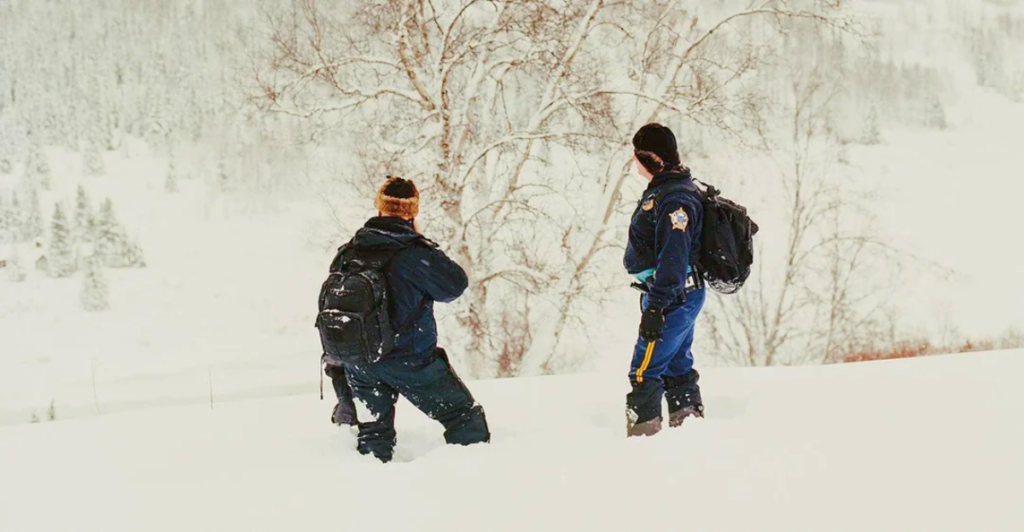
Local communities are also being encouraged to participate in monitoring and reporting sightings of the tiger. The ADF&G has urged residents to avoid approaching the animal and to prioritize safety. Some have expressed fears about potential encounters, while others see the situation as a chance to foster greater respect for nature’s wonders.
Global Conservation Implications
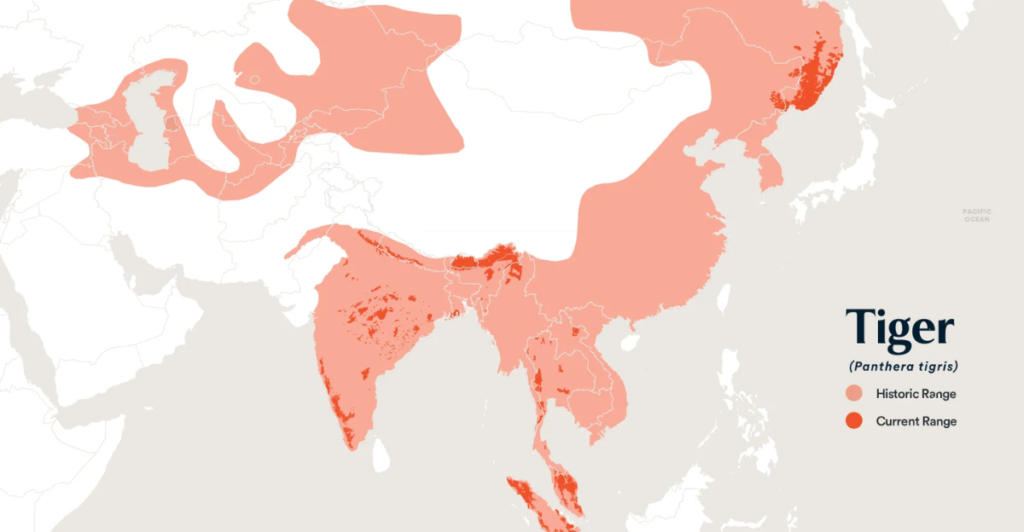
The Siberian tiger’s appearance in Alaska underscores the interconnectedness of global ecosystems. Conservationists argue that the incident should serve as a reminder of the urgent need to protect habitats worldwide. “This tiger’s journey, however it happened, reflects the broader challenges of habitat loss and human encroachment,” said Dr. Kozlov.
Next Steps: A Plan of Action
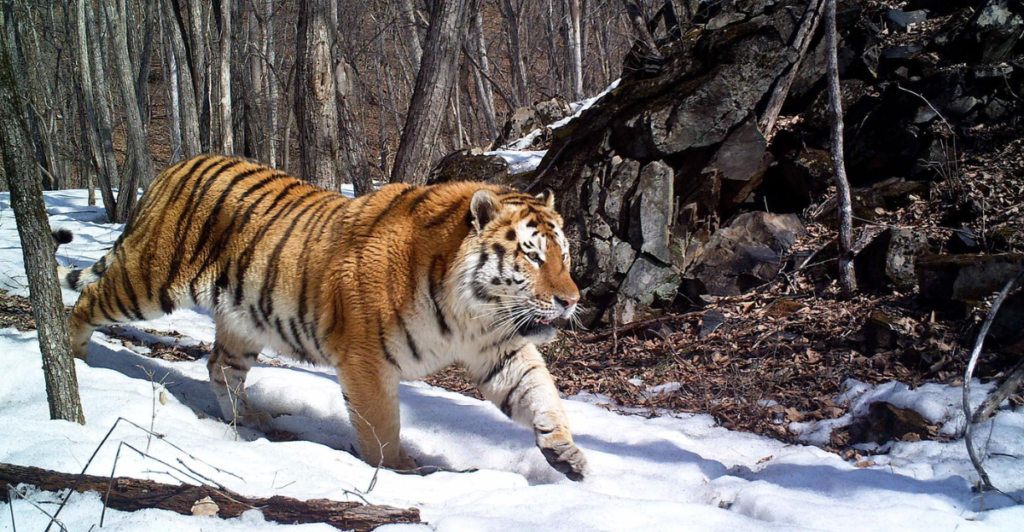
As the debate continues, wildlife authorities are working to develop a comprehensive plan that balances ecological, ethical, and practical considerations. Key stakeholders, including international conservation groups, are expected to convene in the coming weeks to address the issue. Meanwhile, the Siberian tiger’s presence in Alaska serves as both a mystery and a call to action for the global community.
A Symbol of Resilience
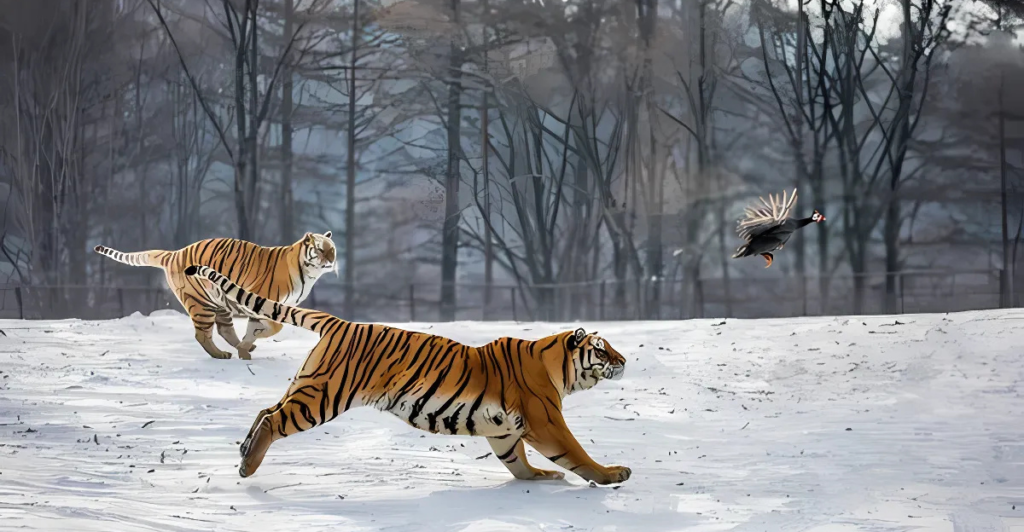
The sighting of a Siberian tiger in Alaska is a testament to the resilience of nature and a sobering reminder of humanity’s impact on the planet. Whether this extraordinary animal remains in Alaska or is relocated, its story will undoubtedly influence conservation efforts for years to come. As debates rage on, one thing is certain: The tiger’s unexpected journey has left an indelible mark on Alaska and the world.
Stay connected with us for more stories like this! Follow us to get the latest updates or hit the Follow button at the top of this article, and let us know what you think by leaving your feedback below. We’d love to hear from you!







